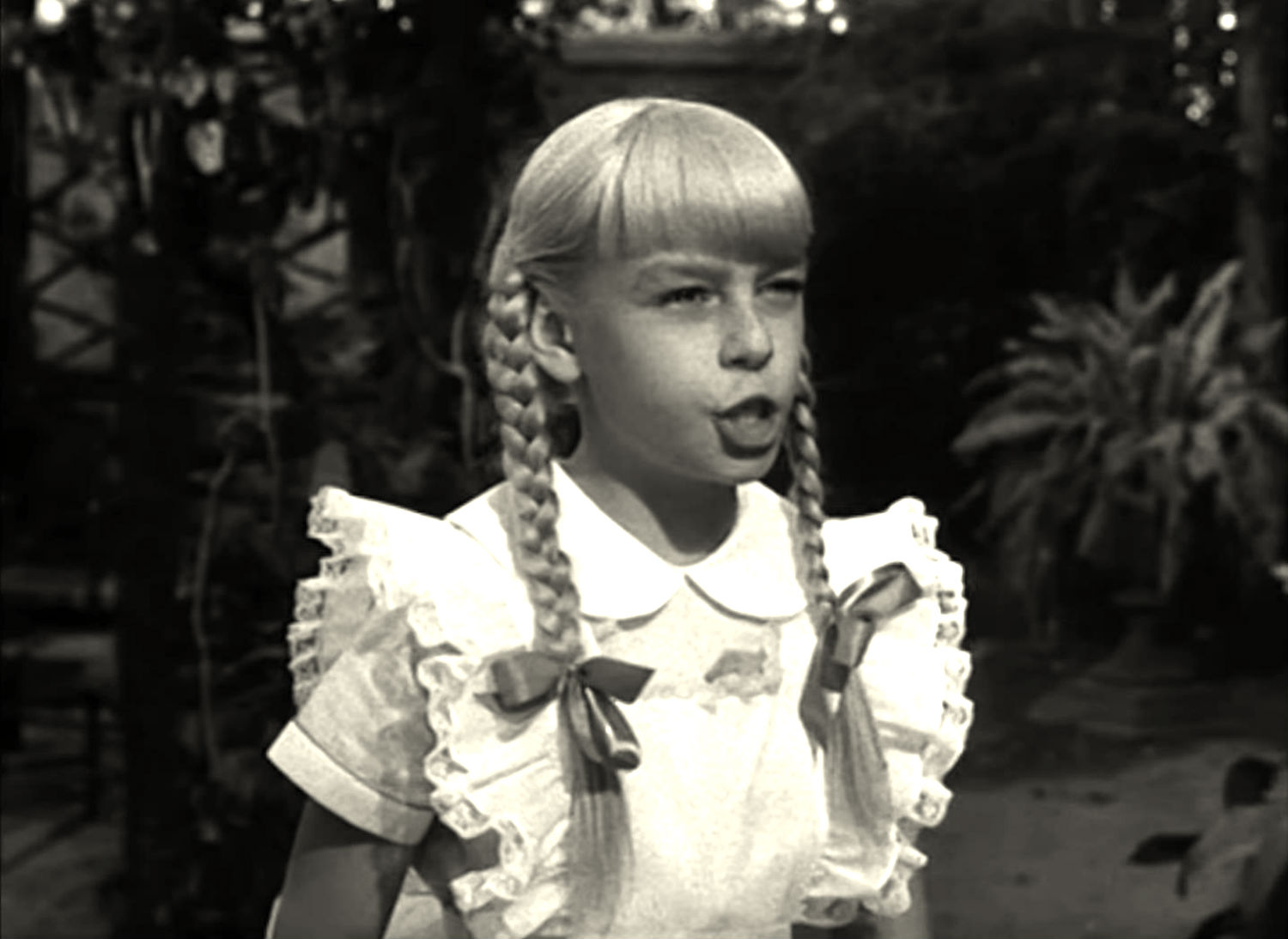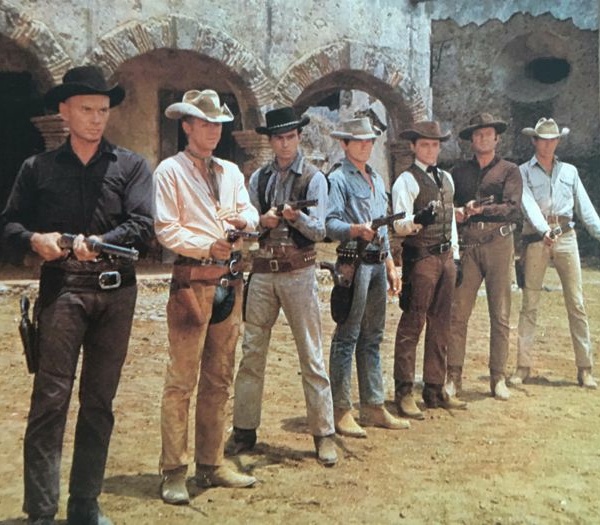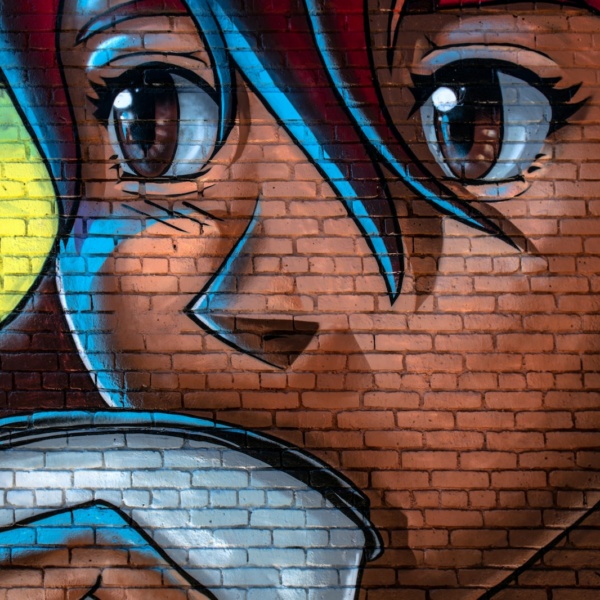
When “Kick-Ass” premiered at the SXSW Film Festival, it was under the scrutiny of comic book fans who’ve been lusting after the film since director Matthew Vaughn showed clips at Comic-Con. But paying almost as much attention was moviegoers who might’ve takes issue with the character of Hit Girl, the purple-haired heroine with a world-weary rasp, a predilection towards switchblades and an age of 12, as played by the prepubescent Chloë Grace Moretz.
Although she later appeared in the more age-appropriate “Diary of a Wimpy Kid,” Moretz was no stranger to doing things well beyond her years, having already poured a glass of vodka for Joseph Gordon-Levitt in “(500) Days of Summer.” As Hit Girl, she becomes part of a long movie tradition of killer kids (not to be confused with the creepy kids of horror films) that have been on the big screen since the 1950s, usually with controversy not far behind.
Since there’s no end in sight for these deadly youngsters — “The Lovely Bones” Saoirse Ronan starred as a teen assassin in “The Soloist” director Joe Wright’s film “Hanna” — we offer up a brief history of the children you wouldn’t want to run into in a dark alley.
Rhoda Penmark of “The Bad Seed” (1956)

“The Bad Seed” became a big hit in 1956, but it wasn’t an easy road getting there. When Billy Wilder attempted to bring Maxwell Anderson’s play (based on the William March novel) about a murderous young girl as tightly wound as her blonde pigtails, the still-standing Production Code Administration rejected his adaptation that kept the original ending of little Rhoda Penmark (Patty McCormack) tickling the ivories to “Clair de lune” after she’s set the help on fire and her mother doesn’t succeed in drugging her. They instead gave the go-ahead to a Warner Bros. version that would have the teeny terror get her comeuppance for drowning classmates and tossing out innocent queries like “is it true when blood is washed off anything, a policeman can still find that it’s there?” (Warner Bros. went the extra step and even added a postscript where movie mom Nancy Kelly gives McCormack a right spanking.) Mervyn LeRoy’s thriller has since gone on to become a cult classic and inadvertently launched the creepy kid genre, though Anderson’s original text was intended to shed light on the then-unpopular notion of hereditary mental illness.
Rynn of “The Little Girl Who Lived Down the Lane” (1976)

Coming off her turn as a teen prostitute in “Taxi Driver,” Jodie Foster had already received her share of controversy before appearing in the Samuel Z. Arkoff-produced thriller “The Little Girl Who Lived Down the Lane.” But as it happened, most of the criticism of the psychological thriller came from Foster herself, who, according to IMDb, once said of the film, “When people are there to simply do a job they don’t have any passion for, those are nearly always bad films.” And “Little Girl” is definitely a strange one, based on Laird Koenig’s novel about a 13-year-old who lives an idyllic life in a lovely home by the sea, if it weren’t for all the damn nosy neighbors who are curious why they never see her parents. Her father? “He’s in the study working.” Mom? Well, she passed away.
But Rynn’s birthday isn’t on Halloween for nothing, and when she’s not reading Emily Dickinson on the way to school, Rynn is usually arranging the corpses in her basement. Yet she doesn’t have the sensibilities of the hardened killers you see on the rest of this list — in fact, everyone around her seems far more psychotic, from a cape-wearing magician love interest (Scott Jacoby) and a skeevy Martin Sheen who attempts to coerce her by putting out a cigarette on her poor pet hamster. Instead, Rynn is the silent type with a fondness for the potassium cyanide that her father gave her to protect herself if her abusive mother ever returns after their divorce, though she has additional plans for it. The film would win a pair of Saturn Awards for best horror film (though it’s PG) and best actress for Foster in 1977. Here’s a trailer:
Henry Evans of “The Good Son” (1993)

“I was intrigued by the idea of America’s Shirley Temple playing this really evil kid,” director Joseph Ruben told Premiere back in 1993. The “Stepfather” director wasn’t the first choice to direct a post-“Home Alone 2” Macaulay Culkin in one of his rare dramatic leading roles, but one can only dream of what might’ve happened if the first choice, “Heathers” director Michael Lehmann, hadn’t been bullied off the project by Culkin’s dad, as Hollywood lore has it. Rather than the dark comedy Lehmann might’ve made, Ruben played it straight with a script from Ian McEwan, who would fare far better with the creation of another little cretin in “Atonement,” with Culkin trading in the toy cars and pet tarantulas of his famed franchise for a homemade crossbow and a bag of nails as ammunition. (Come to think of it, all those elaborate Rube Goldberg-esque traps in “Home Alone” were great training for a psychotic kid killer.)
Culkin terrorizes his neighbor’s pets, drops dummies over highway overpasses and steers his sister towards thin ice while ice skating, all in the name of being the center of attention, especially when his cousin (Elijah Wood) moves in after the death of his mother. Although the film didn’t stir up much outrage on its own, Roger Ebert opined in his review that “The movie is a creepy, unpleasant experience, made all the worse because it stars children too young to understand the horrible things we see them doing.” Even so, the film took in a relatively successful $44 million. Here, watch as Culkin discusses how it was “a lot of fun playing a bad boy”


